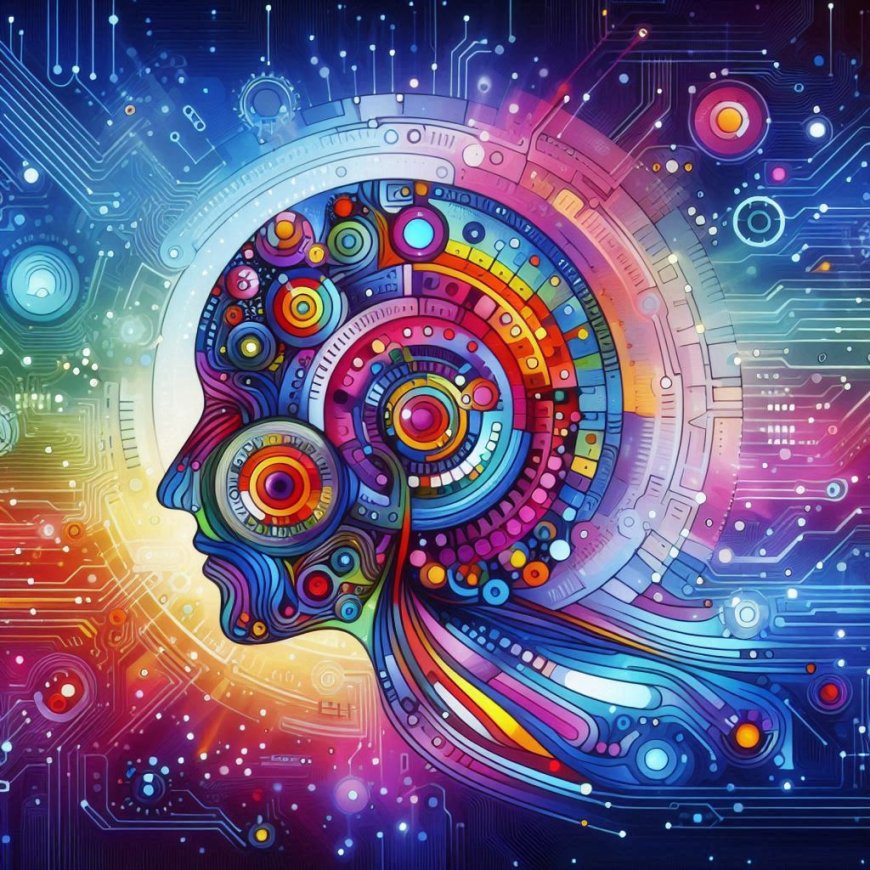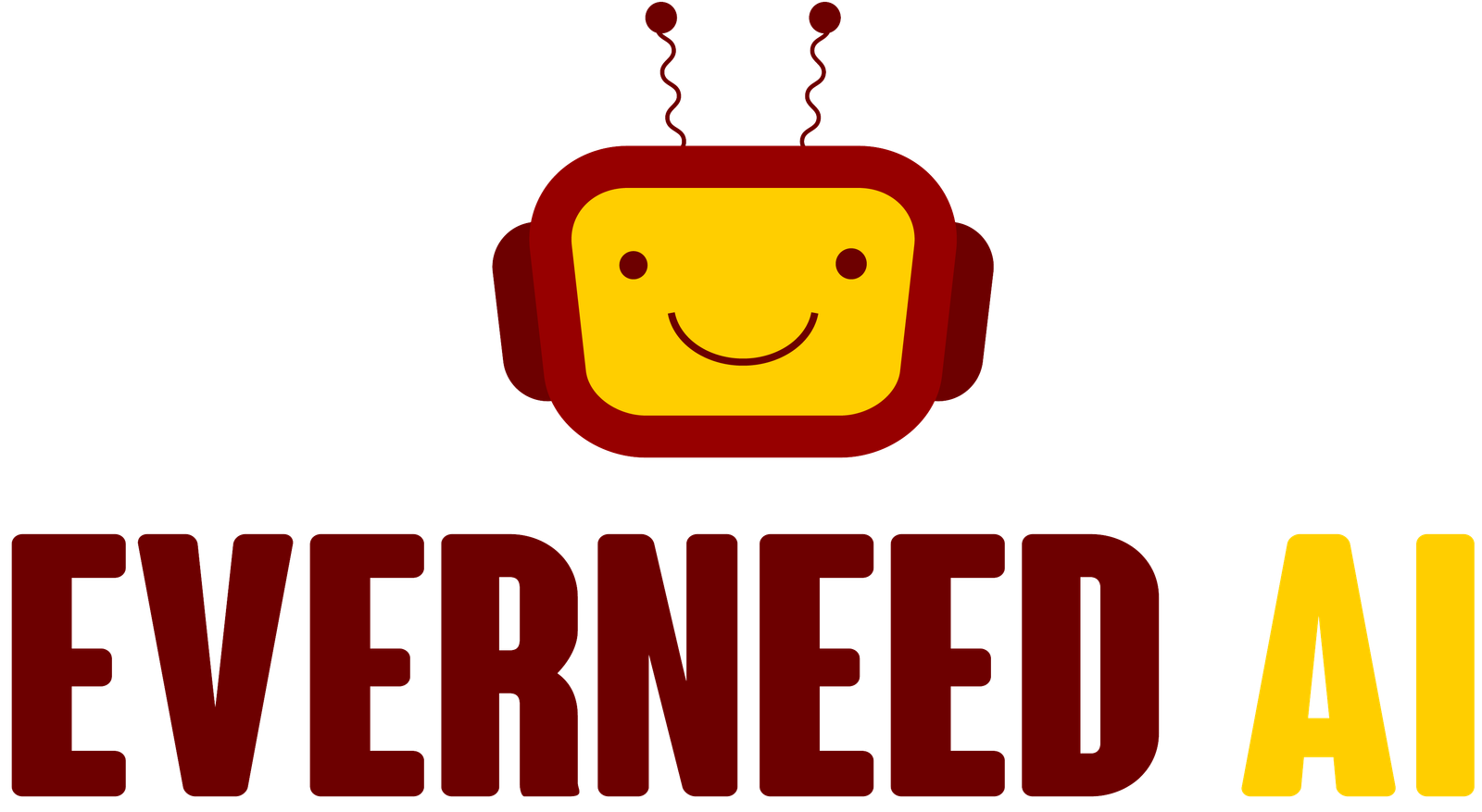Exploring Natural Language Processing (NLP): From Chatbots to Translation
In this article, we’ll dive into the fascinating world of NLP, explore its applications, and provide relatable examples that showcase its impact on our daily lives.

Imagine a world where machines can understand human language as effortlessly as we do. Where you can ask a virtual assistant to book a flight, translate a foreign menu in real time, or even have a conversation with a chatbot that feels almost human. This isn’t science fiction—it’s the power of Natural Language Processing (NLP), a branch of artificial intelligence that’s transforming how we interact with technology.
In this article, we’ll dive into the fascinating world of NLP, explore its applications, and provide relatable examples that showcase its impact on our daily lives.
What is Natural Language Processing (NLP)?
Natural Language Processing (NLP) is a field of AI that focuses on enabling machines to understand, interpret, and generate human language. It combines computational linguistics, machine learning, and deep learning to bridge the gap between human communication and computer understanding.
NLP powers many of the technologies we use every day, from voice assistants like Siri and Alexa to language translation tools like Google Translate. But how does it work? At its core, NLP involves several key tasks:
- Tokenization: Breaking text into individual words or phrases.
- Sentiment Analysis: Determining the emotional tone behind words.
- Named Entity Recognition (NER): Identifying names, dates, and other specific information.
- Machine Translation: Converting text from one language to another.
- Text Generation: Creating human-like text based on input data.
From Chatbots to Translation: Real-World Applications of NLP
Let’s explore some of the most impactful applications of NLP and how they’re shaping our world.
1. Chatbots: Your 24/7 Virtual Assistant
Chatbots are one of the most visible applications of NLP. These AI-powered programs can simulate human conversation, providing instant support and information. For example:
- Customer Service: Many companies, like H&M and Sephora, use chatbots to handle customer inquiries. Instead of waiting on hold, you can chat with a bot that answers questions about order status, product details, or return policies.
- Healthcare: Woebot, an AI-powered chatbot, provides mental health support by engaging users in conversations and offering evidence-based techniques to manage stress and anxiety.
2. Language Translation: Breaking Down Barriers
NLP has revolutionized language translation, making it easier for people to communicate across linguistic boundaries. Tools like Google Translate and DeepL use advanced NLP algorithms to provide accurate, real-time translations.
- Travel: Imagine you’re in a restaurant in Japan, and the menu is entirely in Japanese. With an app like Google Translate, you can simply point your phone at the menu, and it will instantly translate the text into your preferred language.
- Business: Companies like Airbnb use NLP to translate property listings and reviews, enabling hosts and guests from different countries to connect seamlessly.
3. Voice Assistants: Talking to Machines
Voice assistants like Siri, Alexa, and Google Assistant rely heavily on NLP to understand and respond to spoken commands. These tools can perform tasks like setting reminders, playing music, or even controlling smart home devices.
- Smart Homes: With NLP, you can say, “Alexa, turn off the lights,” and your voice assistant will understand and execute the command.
- Accessibility: Voice assistants empower individuals with disabilities by providing a hands-free way to interact with technology.
4. Sentiment Analysis: Understanding Emotions
Sentiment analysis is a powerful NLP application that helps businesses gauge public opinion. By analyzing text data from social media, reviews, and surveys, companies can understand how customers feel about their products or services.
- Brand Monitoring: Companies like Coca-Cola use sentiment analysis to track social media mentions and measure brand perception.
- Politics: During elections, sentiment analysis is used to analyze public opinion about candidates and policies.
5. Text Summarization: Cutting Through the Noise
In a world overflowing with information, NLP can help us focus on what matters. Text summarization tools use NLP to condense long articles, reports, or documents into concise summaries.
- News Aggregation: Apps like Inshorts use NLP to summarize news stories, allowing users to stay informed in just a few seconds.
- Research: Students and professionals can use tools like Scholarcy to summarize academic papers and extract key insights.
The Future of NLP: What’s Next?
As NLP technology continues to evolve, its potential is limitless. Here are some exciting trends to watch:
- Multilingual Models: Advances in NLP are enabling models like OpenAI’s GPT and Google’s BERT to understand and generate text in multiple languages with high accuracy.
- Conversational AI: Future chatbots and voice assistants will become even more human-like, capable of understanding context, humor, and nuance.
- Ethical AI: Researchers are working to address biases in NLP models, ensuring fair and inclusive language processing.
Conclusion
Natural Language Processing is more than just a technological marvel—it’s a tool that’s reshaping how we communicate, work, and live. From chatbots that provide instant support to translation tools that break down language barriers, NLP is making the world more connected and accessible.
As we continue to explore the possibilities of NLP, one thing is clear: the future of human-machine interaction is bright, and it’s powered by language. So, the next time you ask Siri a question or use Google Translate, take a moment to appreciate the incredible technology behind it.
What’s your favorite NLP-powered tool? Share your thoughts in the comments below!
Written/published by Kevin Marshall with the help of AI models (AI Quantum Intelligence)












